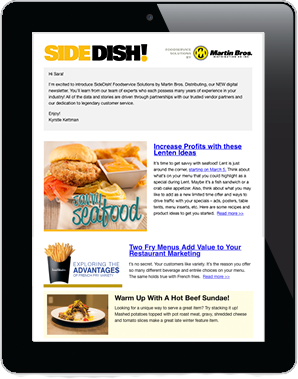Setting short- and long-term goals for your foodservice business and/or career is extremely important for business profitability and personal growth.
Here are some important goals to consider as you look to the future:
- Reducing/maintaining costs
- Staff recruitment and retention plans
- Increasing customer count
- Increasing followers and engagement on social media
- Increasing customer service level
- Continuing to develop innovative and profitable menus/items
- Using new technology and out-of-the box ideas to help grow business
- Identifying and acting on your SWOT: strengths, weaknesses, opportunities, threats
- Evaluating tips, raises and promotions
As you make each goal, consider the following:
- Make your goal specific.
An example: I want to reduce my food cost. Currently at 40%, we need to reduce food cost to 28%. - Make sure your goal is attainable and realistic.
An example: I have one restaurant, and I would like 10. This is an attainable goal, but only on a realistic timeline. If you want 10 restaurants in 6 months, this may be a little aggressive and probably will not happen. You should probably set this type of goal up as a 1-10 year goal. - Make your goal measurable.
A goal has to be measurable in order for you to know when you have met it. For long-term goals especially, you should measure your progress along the way to help you stay on track. - Identify the right people to help you reach your goal.
Let your staff know what your goals are, and if possible, let them be a part of the goals. A team approach is usually the best way to reach goals. - Make sure you have the proper tools to help you reach your goal.
Think of what tools you might need to achieve your goal. For example, if the goal is to increase customer service by getting food out in less time, you may need to look at number of staff, cooking equipment, etc. to make sure you are set up for success. - Reward the team as each goal is met.
Make sure that when you achieve a goal and/or meet benchmarks along the way you are rewarding yourself and the team that is helping you get there. And make everyone aware of the rewards along the way. Rewards keep everyone motivated.
|
GOAL |
OUTCOME |
GOAL DATE |
PROGRESS 1 |
PROGRESS 2 |
FINAL |
|
|
|
|
|
|
|
|
|
|
|
|
|
|
Staff recruitment and retention an issue? Find some helpful ideas in this blog.






